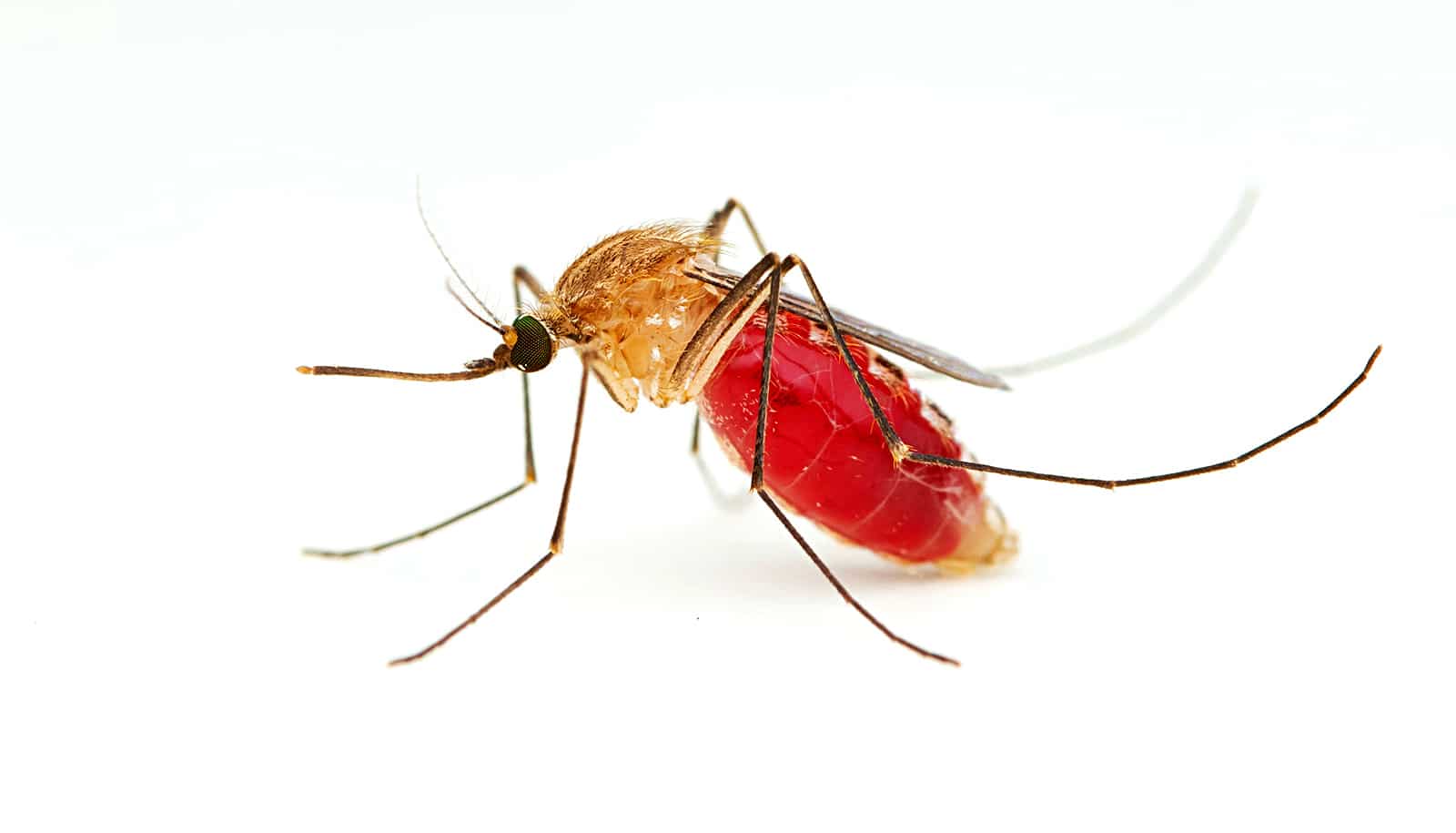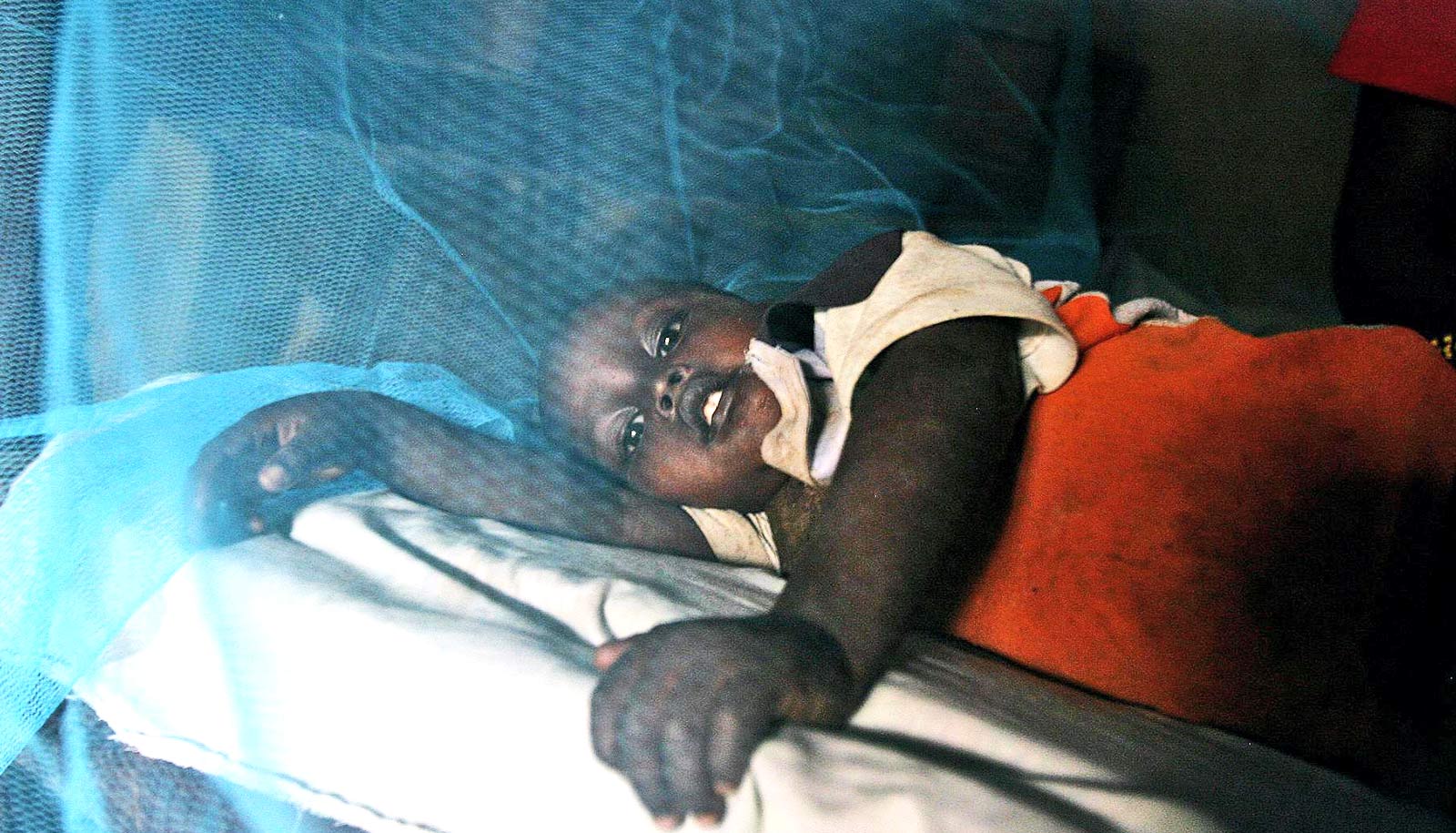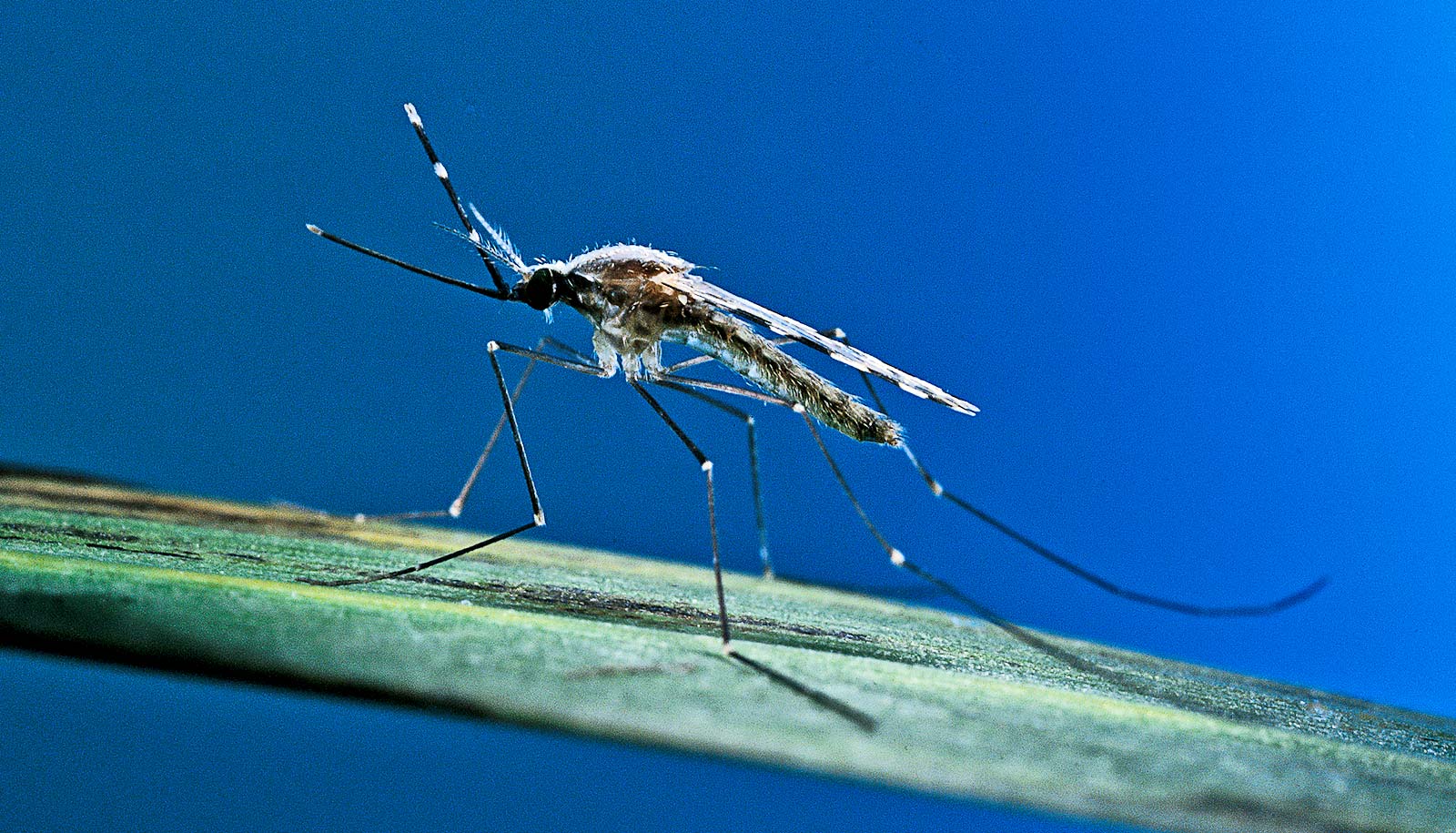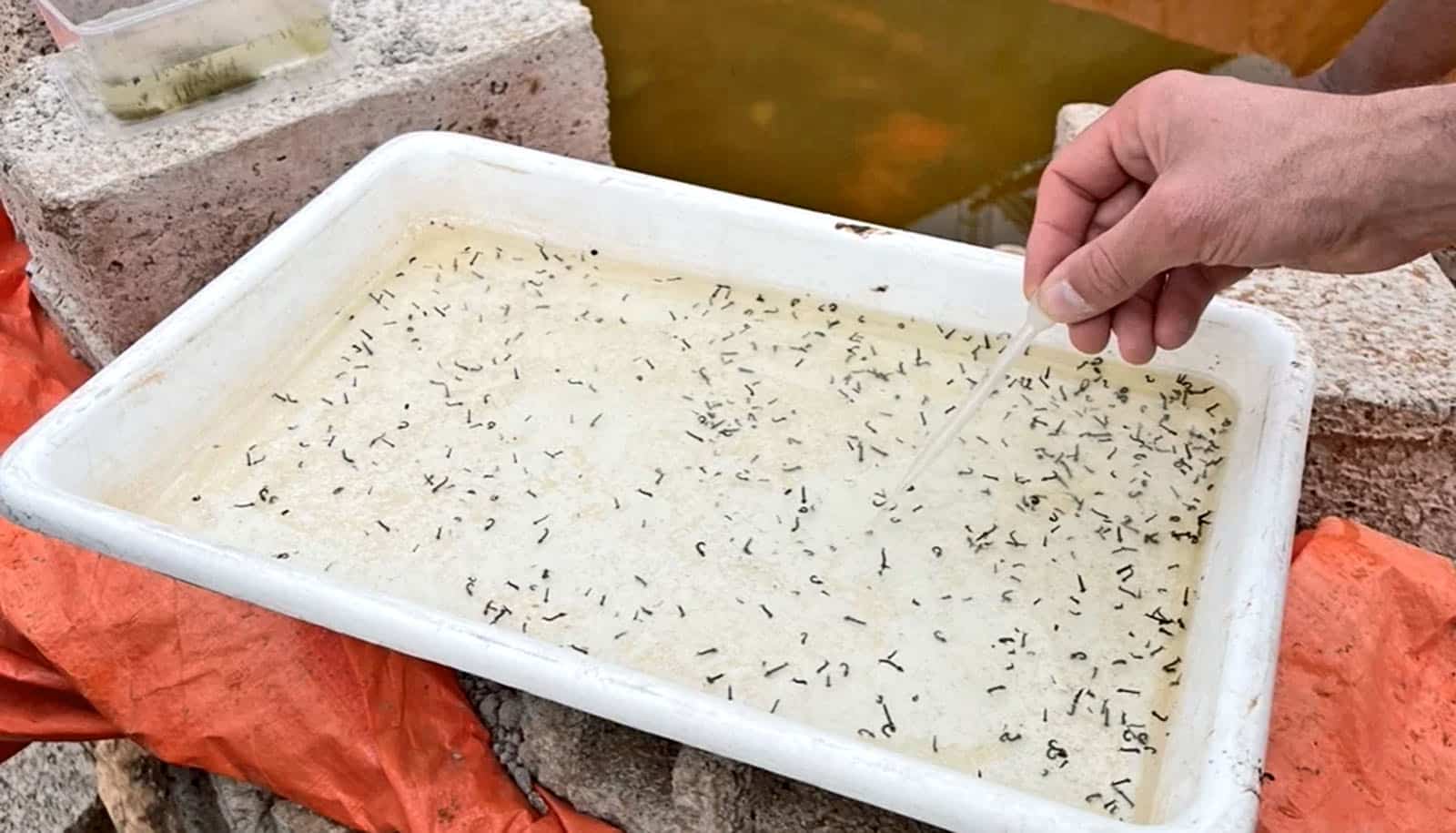A new study explores the effect of climate change on the spread of malaria.
Malaria is a mosquito-borne disease caused by a parasite that spreads from bites of infected female Anopheles mosquitoes. If left untreated in humans, malaria can cause severe symptoms, health complications, and even death.
In tropical and subtropical regions where malaria is prevalent, scientists are concerned that climate warming might increase the risk of malaria transmission in certain areas and contribute to further spread. However, there is still much to learn about the relationship between temperature and the mosquito and parasite traits that influence malaria transmission.
For the new study, published in Nature Communication, the researchers combined novel experimental data within an innovative modeling framework to examine how temperature might affect transmission risk in different environments in Africa.
“In broad terms, scientists know that temperature affects key traits such as mosquito longevity, the time it takes for a mosquito to become infectious after feeding on an infected host, and the overall ability of the mosquito to transmit the disease,” says Matthew Thomas, a professor at the University of Florida, Institute of Food and Agricultural Sciences and director of the UF/IFAS Invasion Science Research Institute (ISRI).
“But what might seem surprising is that these temperature dependencies have not been properly measured for any of the primary malaria vectors in Africa.”
“Our findings provide novel insights into the effects of temperature on the ability of Anopheles gambiae mosquitoes—arguably the most important malaria mosquito in Africa—to transmit Plasmodium falciparum, the most prevalent species of human malaria in Africa,” says Eunho Suh, joint first author with Isaac Stopard at Imperial College, and assistant research professor at Penn State, who conducted the empirical research as a postdoctoral student in Thomas’ previous lab.
The study involved several detailed laboratory experiments in which hundreds of mosquitoes were fed with Plasmodium falciparum-infected blood and then exposed at different temperatures to examine the progress of infection and development rate within the mosquitoes, as well as the survival of the mosquitoes.
“The novel data were then used to explore the implications of temperature on malaria transmission potential across four locations in Kenya that represent diverse current environments with different intensities of baseline transmission, and that are predicted to experience different patterns of warming under climate change,” explains Thomas.
The study supports previous research results in demonstrating that various mosquito and parasite traits exhibit intermittent relationships with temperature and that under future warming temperatures, transmission potential is likely to increase in some environments but could reduce in others.
However, the new data suggest that parasites can develop more quickly at cooler temperatures and that the rate of parasite development might be less sensitive to changes in temperature than previously thought.
The data also indicate that the successful development of parasites in the mosquito declines at thermal extremes, contributing to the upper and lower environmental bounds for transmission.
Combining these results into a simple transmission model suggests that, contrary to earlier predictions, the anticipated surge in malaria transmission, attributed to climate warming, may be less severe than feared, particularly in cooler regions like the Kenyan Highlands.
“Some of the current assumptions on mosquito ecology and malaria transmission derive from work done in the early part of the last century. Our study is significant in highlighting the need to revisit some of this conventional understanding,” says Thomas.
“While the time it takes for a mosquito to become infectious is strongly dependent on environmental temperature, it also depends on the species and possibly strain of malaria and mosquito,” says Suh.
The comprehensive study and findings represent a significant step forward in understanding the intricacies of malaria transmission and paves the way for future research aimed at controlling malaria on a global scale.
“Our work focused on the malaria parasite Plasmodium falciparum in the African malaria vector, Anopheles gambiae. However, Plasmodium vivax is another important parasite species responsible for most malaria in Asia, as well as the recently reported malaria cases in the US,” says Suh. “Like Plasmodium falciparum, the established model describing the effects of temperature on development of Plasmodium vivax remains poorly validated.”
The same is true for other vector-borne diseases, such as dengue or Zika virus, he adds.
“We need more work of the type we present in the current paper, ideally using local mosquito and parasite or pathogen strains, to better understand the effects of climate and climate change on transmission risk,” he says.
Source: University of Florida



